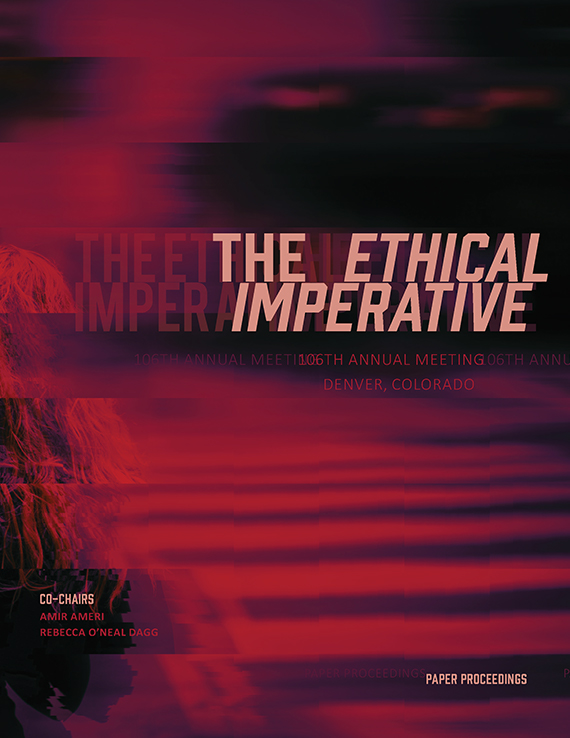Author(s): Nicole Lambrou
The language of emergency that surrounds climate change is the foundation for its solution: the management and control of climate through the active management of nature. How we define and understand nature frames how we conceive of interventions. The actors, and their message, selected to formulate and implement these interventions are intimately tied to a specific concept of nature. Restoration ecology aims to restore a landscape to a previous ecological function either in part or in whole. In recent years it has become standard practice to invoke this phrase in urban settings, an effort by cities to situate themselves at the forefront of urban ecological planning. This paper looks at one of those instances, the Ballona Wetlands in Los Angeles, and the contestations around its restoration, as a rehearsal for how we address urban natures. The contestations surrounding the creation and management of urban natures is not limited to coastal wetlands, but reverberate across the city landscape. Contestations surrounding restoration projects tend to reinforce the false distinction between the social and the natural, and belie contradictions we confront in joining the supposed natural to the alleged artificial. An assemblage of viewpoints on what constitutes a proper wetland, perspectives that partly overlap and quickly deviate from each other, reveals the contestation of ideas surrounding urban nature. These perspectives are further embedded in competing ideas of entitlement and ethics: who is the public, what is the space of public land, and what rights does one have over the other?
https://doi.org/10.35483/ACSA.AM.106.34
Volume Editors
Amir Ameri & Rebecca O'Neal Dagg
ISBN
978-1-944214-15-9

 Study Architecture
Study Architecture  ProPEL
ProPEL 
